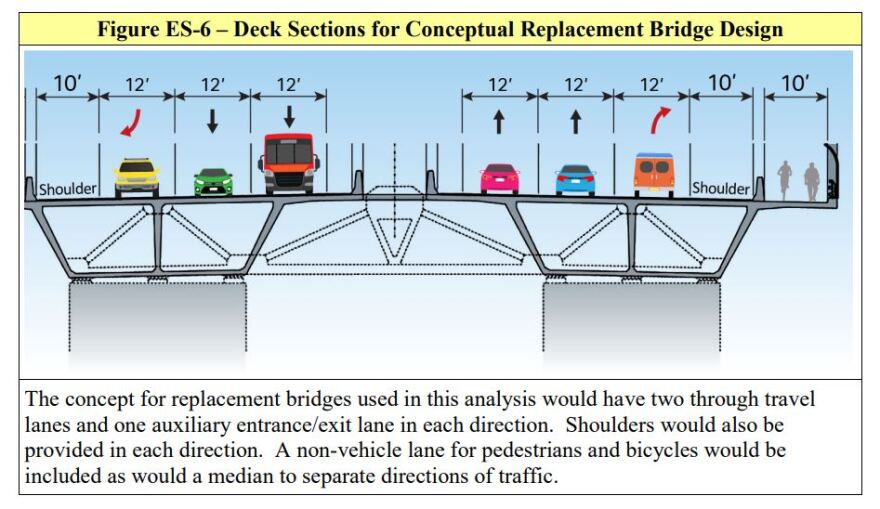Inflation and other market forces are pushing the cost to replace the Cape Cod bridges to $3 to $4 billion — at least triple the 2020 estimate — but Congressman Bill Keating says delaying the work would cost even more.
If replacing the bridges takes too long, they’ll need a major overhaul to stay open, he said.
A report by the U.S. Army Corps of Engineers indicates that the Sagamore Bridge is scheduled for major repair work starting in 2025, and the Bourne Bridge in 2029.
“The worst inflationary effect will be on delaying the bridges, because after five years, the Army Corps’ own report says that they might have to, indeed, close down an entire bridge to do the footings,” Keating said.
He said the bridges are a federal responsibility, regardless of the cost.
“The thing to remember with this is, it's a responsibility of the federal government,” he said. “That is a federal asset. They own the bridges. The statutes that say it has to be fixed — that has precedence over so many other projects of its kind.”
“The money will be there,” he said.
In 2020, the Army Corps estimated replacing the Bourne and Sagamore bridges would cost more than $1 billion.
But last month, state Transportation Secretary Jamey Tesler announced a new estimate of $3 to $4 billion, based on inflation and the time the project will take.
Plans for the new bridges call for a third lane in each direction to enter and exit (termed an “auxiliary” lane), plus a median, a shoulder on each side, and one pedestrian and bike lane.
The travel lanes would be 12 feet wide with a 10-foot shoulder.
The old bridges have two 10-foot lanes in each direction and no shoulder.








